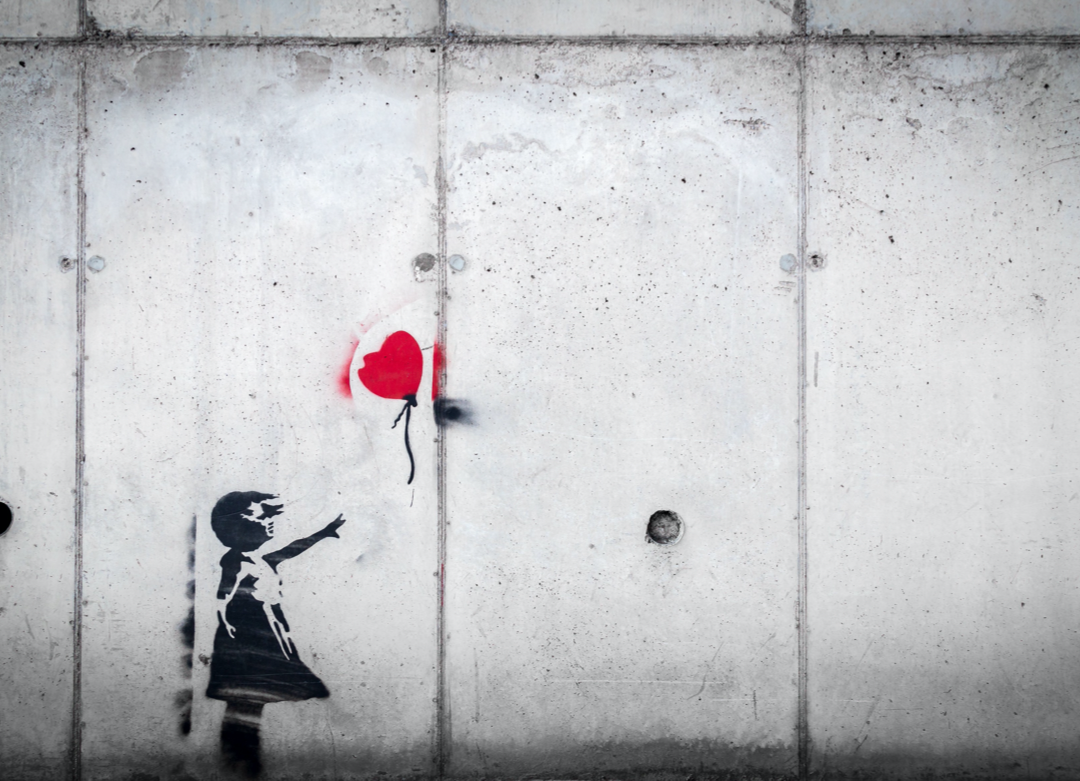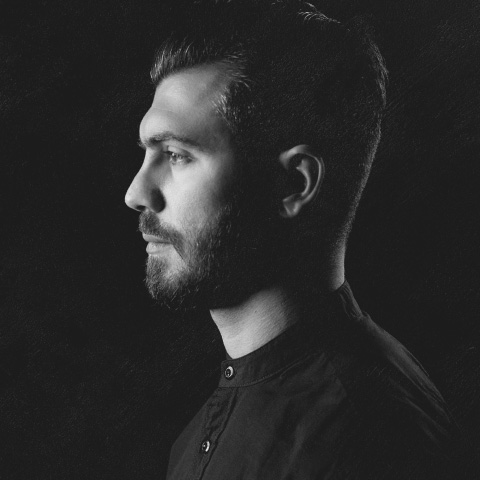Before becoming a design entrepreneur, I viewed the office as the centerpiece of a business. After starting MSTQ four years ago, I now see it as a toxic constraint. And so, exactly two years from today, I decided to transform my company into a completely remote operation.
I sold off the fancy desktop monitors, the designer furniture and office decor and walked away from the floor to ceiling windows overlooking the beautiful cityscape.
At home, I’ve replaced my TV with a standing desk. I’ve swapped a spacious conference room with a medium-sized whiteboard and notebooks to sketch in.
Sometimes you’ll find my one-bedroom apartment completely consumed with my work: dry-erase marker and sticky notes bleeding off the whiteboard and onto the apartment windows and walls. But a majority of time, you won’t even find me there.
The truth is, I’ve broken all of the rules of building a company and traded it all for a plane ticket every few months. And it’s the best thing that’s ever happened to my company.
Why?
Well, let’s start with the most obvious reason: we live in a world where working remote is more realistic and accessible than ever before. High-speed internet access is virtually everywhere and being connected — to your employees and to your users — has never been easier.
Unless, of course, your business is dependent on a physical space, you’ve been gifted with a mobility that no other generation of human beings has ever had.
In fact, it’s the opposite. If you’re reading this, odds are that you, like most people, have difficulty disconnecting.
But here’s why remote working remotely really matters: the reality of being a designer is that it requires you to create value, and that requires experience.
I’m not talking about the experience that you put on your resume. I’m talking about the human experience. Accumulating diverse human experiences is what helps you empathize with others better; it’s what helps increase creativity (and the open-mindedness that facilitates it); and it helps you gain different vantage points on life that challenge your value systems. It allows you to see the world beyond your own.
Steve Jobs knew this well, and described it in his 1996 interview with Gary Wolf:
“A lot of people in our industry haven’t had very diverse experiences. So they don’t have enough dots to connect, and they end up with very linear solutions without a broad perspective on the problem. The broader one’s understanding of the human experience, the better design we will have.”
The monotony of showing up to the office every day the way everyone else does, clocking in and out at the same time will inevitably result in one of two things: complacency or unoriginality.
Working in an office is… well, not human. It’s something we invented only a few hundred years ago. As Dieter Rams once said: “You cannot understand good design if you do not understand people; design is made for people.”
When you’re remote, you can dynamically change the environment, the people you interact with and the tools that you use at any moment. More importantly, you afford yourself the opportunity to be closer to your customers’ experience, rather than behind the desk of your corner office.
In other words, you allow yourself to exit your comfort zone; to put yourself in a position to reconcile and relate to the true problems of other human beings. This has been essential in the success of my business.
Not only is this possible and accessible for more and more people, but it just might be the future of how we design and build products.
—
Adapted from something I wrote here.

